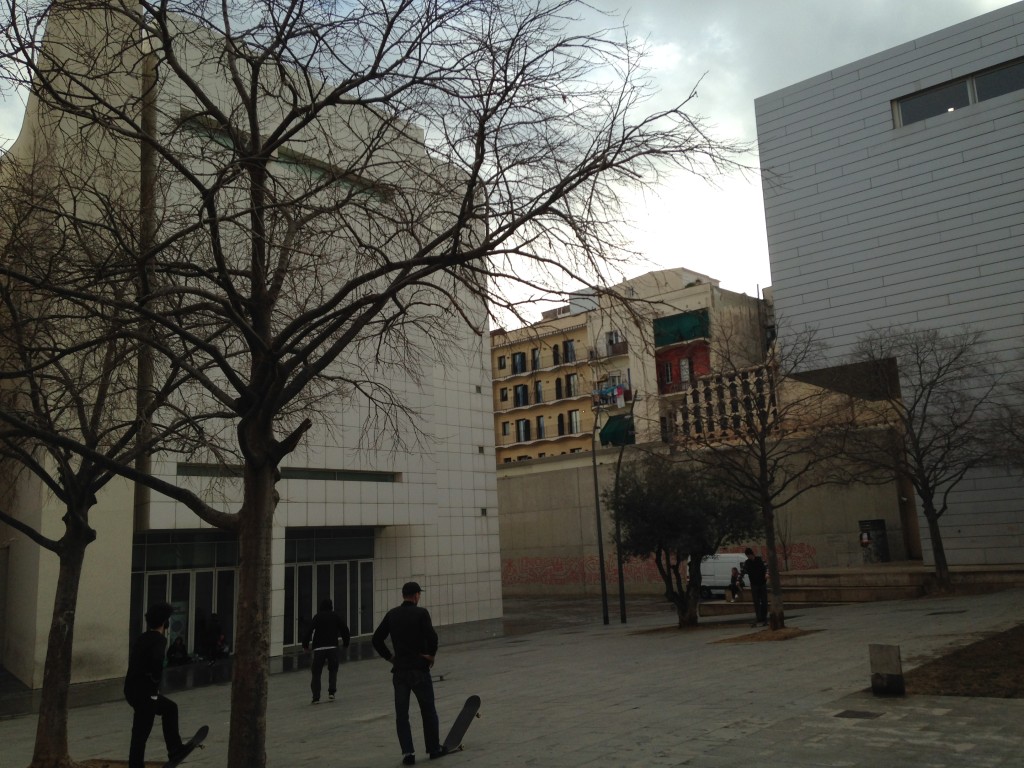So, why am I starting this blog? I’ve been granted a one year British Academy Mid Career Fellowship starting on the 1st of January 2016. This fellowship offers me the great opportunity to take stock of my work over the last 15 years as well as develop my interest in the temporal aspects of urban experience. So this is the first post in a series where I will share what I am doing throughout the year but also reflect on what I am learning about time, the senses and urban change.
The central aim of the fellowship is to examine how different people’s experiences of time shape urban regeneration processes. To put it simply: planners, developers and policy makers are all working with time constraints and deadlines and with certain understandings of time that shape how and what they build. Residents, visitors, shopkeepers, on the other hand, live and experience their urban environment within different timeframes and at different speeds according to their age, activities and attachment to the places around them. The aim of this project is to understand how a multiplicity of temporal narratives, ideologies and everyday practices underpin urban change and work at different speeds and intensities to produce a particular sense of place.

El Raval’s backstages
Cities are constantly changing. Sometimes in obvious ways – as buildings are built or demolished, or at other times change is induced through the different flows of people coming and going – shoppers, or tourists or students. Or we notice the passage of time through the opening and closing times of shops, markets and public buildings. And, of course, we perceive changes through the different seasons of the year which provide an ever-varying environmental background that influences the activities in urban public places – parks and squares, cafes and fairs.
I argue that we experience these changes first and foremost through our bodies. We encounter the city as a corporeal space. We assimilate our immediate surroundings through each of our five senses, perceiving before we understand what happens around us and we are guided through spaces with assistance of our whole sensory body.
I have written in Sensing Cities about how urban redevelopment doesn’t only restructure the city physically and economically but it also radically transforms our sensory experience and the landscape of the city. When certain neighbourhoods are regenerated, it’s not only the look but also the ‘feel’ of the place that changes (and often it’s also the social set-up). Behind this sensory-experiential transformation of public places are different ideas of whose time and what time matters on the one hand, as well as changes in the rhythms and uses of space. A good example is the transformation of Southbank in London in 1999, from a declining riverbank to a well-used tourist promenade in the 21st century.
The challenge of this project will be to bring together my interest in time and sensory experiences in order to help us understand cities not just as material, economic or political landscapes but as being actively experienced and therefore ‘lived’ entities. Such an approach offers not only a new lens to understand urban conditions but also to highlight the importance of the ‘soft’ attributes of urban life shaping and how they can work hand in hand with the ‘hard’ attributes of the city and urban planning. The aim is to start a discussion between academics, the public and urban professionals of why temporal and everyday urban experiences dynamics matter when neighbourhoods get regenerated. I furthermore hope to offer planners, developers and urban policy makers an understanding of why planning needs to take into account city dwellers’ and users’ lived experience to understand the wider emotional and social significance of urban change on individual’s lives and urban communities.
